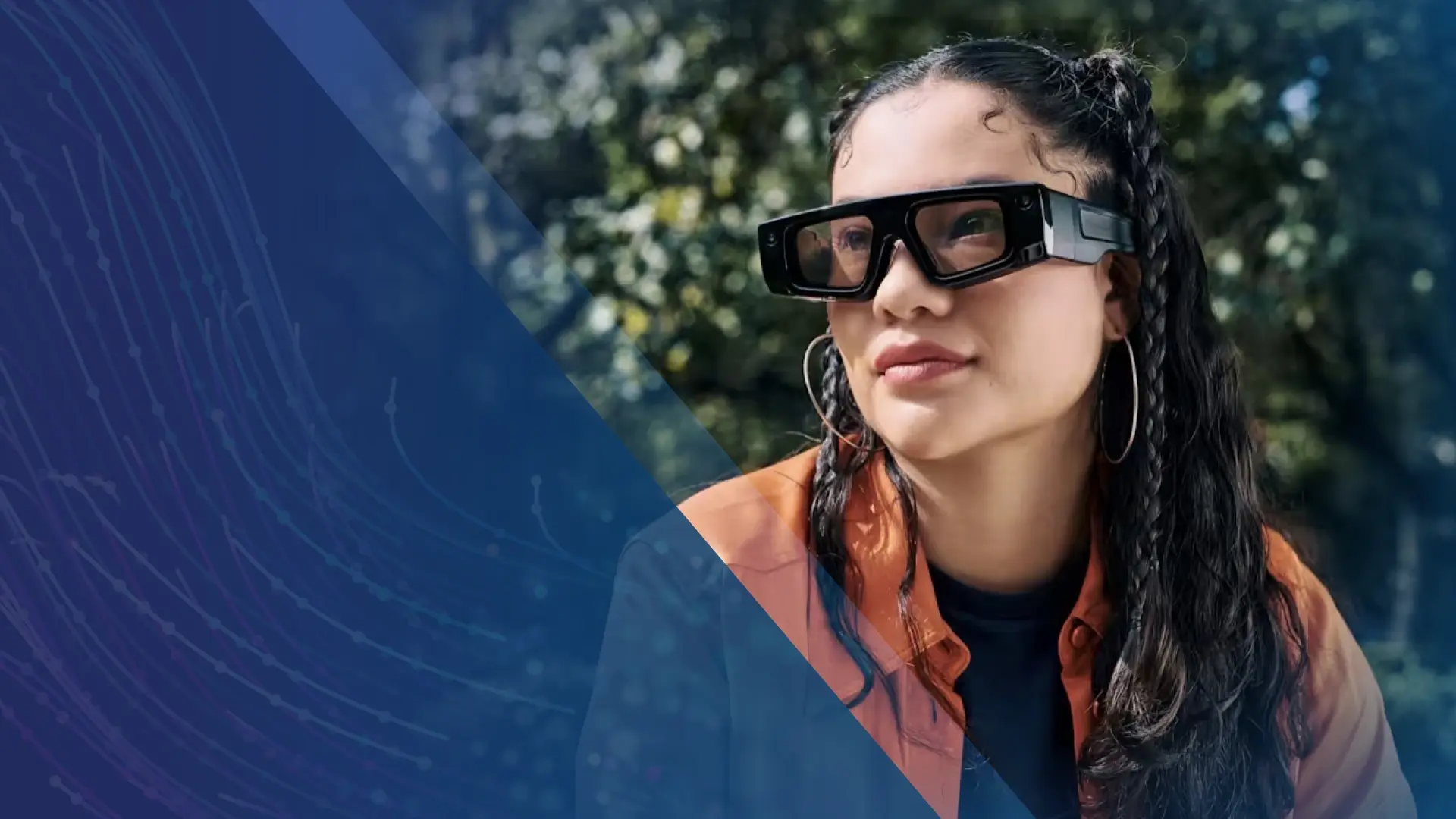How do we ensure occupational safety and technology adoption?
When it comes to worker safety, there is a gold standard that is met by market-leading XR devices:
-
They are wireless,
-
they have an open design that does not impair the peripheral field of vision,
-
they are suitable for indoor and outdoor use,
-
and they feature a flip-up display that always provides an unobstructed view of the surroundings.
Depending on the area of application, companies may have specific safety requirements that are met by other devices, such as closed VR or MR headsets. There is a wide range of devices to choose from – be sure to talk to neutral experts before making a major purchase and choose the optimal hardware for your use case.
Technology adoption: “Where is the latest shit? Where are the VR headsets? Where’s Augmented Reality? It’s all such a comfort zone here!”
These words – said by German designer Mike Meiré – became a viral meme. He was walking through his old school building and was annoyed that it still looked like it did when he was in school.
If you want to establish new technologies like AR in your organization, you need to find your Mike Meiré- or better yet, several of them. They should be strong advocates within the company, leading the way internally and across departments, modeling and demanding innovation, talking about the benefits of new technologies at external events, generating excitement.
But please don’t use empty words. Your AR ambassadors should argue with concrete examples and benefits directly from the pilot projects.
Get people on Board through an Experience Day
Internal dynamics, creativity, and technology adoption can be fostered through an Experience Day. Departments come together to present their AR projects and talk about the benefits and challenges. All participants and interested parties can try out the applications. There is no pressure to perform and no daily routine. The internal innovation network grows as the company continues to learn by sharing ideas with peers.
Once that foundation is in place, the rest takes care of itself as employees see the benefits of AR in their daily work. They save time, work more efficiently, and get more done. Typical moments of frustration, such as errors in prototypes that have to be changed at great expense, are eliminated.
Acceptance of AR in the company is growing, and employees are developing new ideas for using Augmented Reality beyond product development, such as for logistics planning or the design and simulation of new production facilities.
Action Points
-
Choose the right devices. There is XR hardware for every level of security and every use case. Define the most important security aspects for your processes.
-
AR and VR are still emerging technologies. Promote acceptance in your own organization through data-driven project communication with a dash of pioneering spirit and technical enthusiasm. Strong advocates help.

Hololight Space 2025.0.0.0 Release
The latest release of Hololight Space is now available - and it’s built to help engineers and designers work faster, smarter, and more intuitively...

Hololight Celebrates 10 Years of XR Innovation
Pioneering the Future of Augmented and Virtual Reality Since 2015
